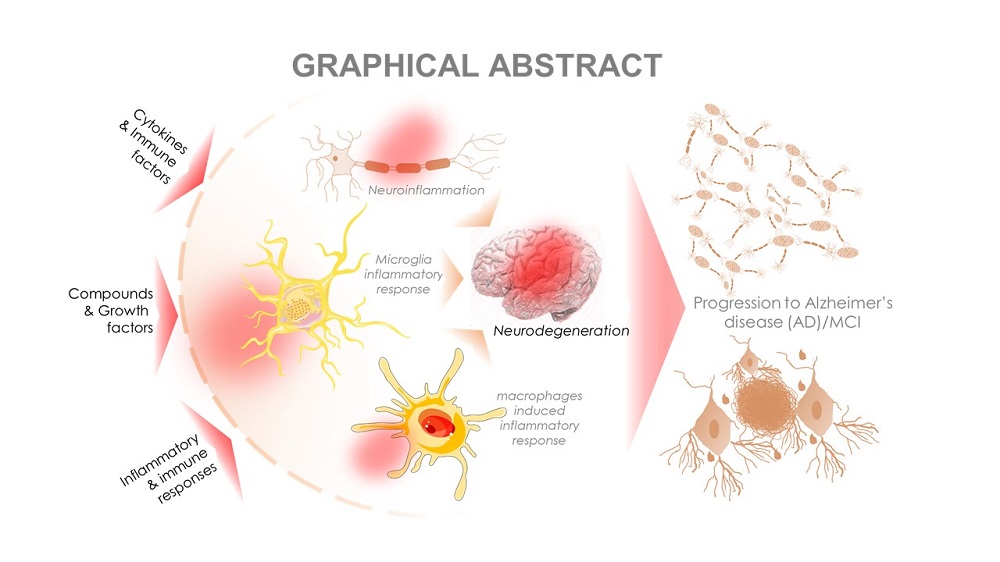Alzheimer’s disease (AD) is a neurodegenerative disorder characterized mainly by the gradual decay in neuronal function as a consequence of diverse degenerating events primarily including mitochondria dysfunction and cascades of neuro-immune reactions. Besides the acquired harmful reactive oxygen species (ROS), neurotoxins, and amyloid-beta (Aβ) and TAU pathologies in neurons, accumulating evidence with time underlined the roles of cytokines and growth factors in the AD pathogenesis. It may help us in evaluating the propensities and specific mechanism(s) of cytokines and factors impacting neuron upon apoptotic decline. Proinflammatory cytokines often induce inflammation in AD and AD-like pathogenesis in response to the apoptotic scenarios where some growth factors are involved in cytokinetic reactions to activate microglia and causing inflammation in AD. In this report, we comprehensively reviewed role of cytokines and chemokines in immune response to AD and neuropsychiatry. We provided insights into the neuroinflammation and the role of diverse factors including the pro-/anti-inflammatory cytokines, APP, TAU phosphorylation, glycation end products, complement system, and the role of glial cells. Also, we discussed the pathogenic and protective role of macrophage migration inhibitory factors, choroid plexus-, neurotrophic- and hematopoietic -related growth factors in AD. We further shed light on the availability and accessibility of the cytokines across the blood-brain barrier in AD pathophysiology. Taken together, the emerging role of these factors in AD pathology emphasized the importance of building novel strategies for an effective therapeutic/neuropsychiatric management of AD in clinics.

